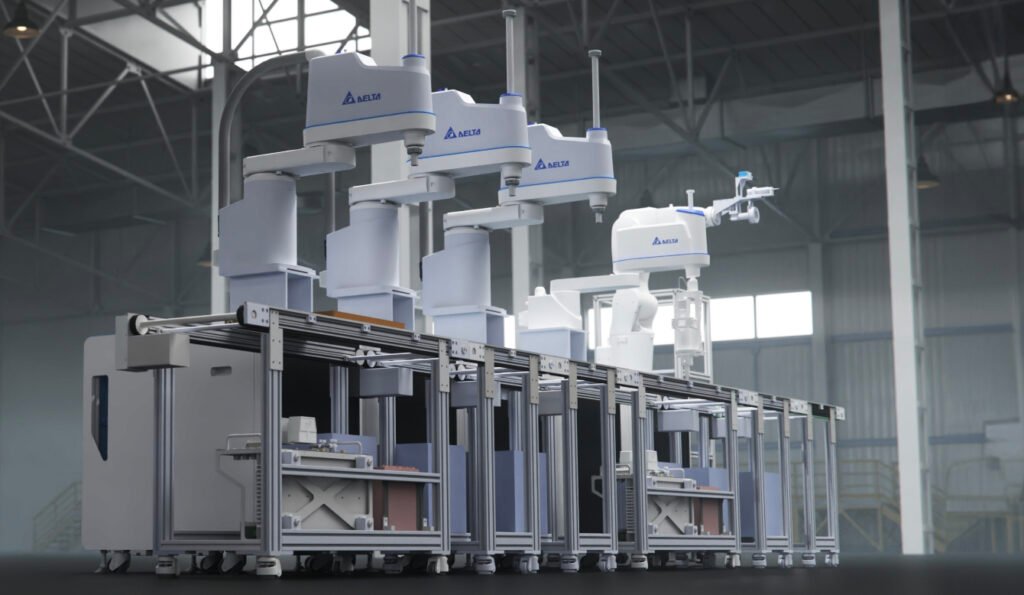Fintech is a burgeoning market sector that has been the asymmetric focus of financial media coverage. Marketsmedia writes that fintech investments totaled $102b in 2021—an increase of 183% over 2020.
One of the emerging markets to keep an eye on is the Australian Stock Exchange (ASX), where some of the world’s most exciting hi-tech companies are listed. L. Granwal analysis at Statista put a Q2 2021 number to the Australian fintech segment at US $563m. The country is ranked #25 in the world on WIPO’s 2021 Innovation Index.
The industry is anticipating a significant boost as a byproduct of the times. The pandemic has created a tipping point in consumer culture that has been a disruptive accelerant that contributes to fintech’s rapid growth.
Below are the five fintech innovators on the ASX to look out for
Douugh (ASX:DOU)
Douugh is an Australian AI-driven fintech “neobank,” which is parlance for digital banking services. Douugh offers free banking services issued by partner banks, and provides subscription money management services to its users. Alternate revenue comes from an upsell to card services, where Dough earns transactional fees on its branded credit cards.
The company used a backdoor listing on the ASX, and has a relatively low market capitalization of just over $35m AUD with a capital raise of $6m AUD. According to simplywallstreet, the company brings in $1m US in yearly revenue, and its stock has dropped from a share price of $0.23 AUD to $0.051 AUD within one year. The company experienced a 15,533.55% revenue increase in one year, so there is some level of forward momentum despite limited cash reserves.
Gefen International (ASX:GFN)
Gefen is an Israeli fintech, launched in 2016, and later headquartered in Australia. The company’s B2B platform for financial services and insurance companies digitally unifies advisor/agent networks. Powered by AI, Gefen’s industry-specific services are deployed across internal and remote networks. The intelligent automation continuously improves customer experience, while at the same time drives sales. Gefen uses a transaction-based model at the point of sale between agent and end-customer.
In 2021, Gefen raised US $25m in its ASX IPO, with a $128m valuation. Today, the market cap is $69m. In 2021, Gefen’s end-customer base grew from 65,000 to 296,000, and agent customers grew from 1,332 to 2,210. In Q4 2021, Gefen signed on a number of prominent insurance companies, and is partnered with Sapiens International (Nasdaq/TASE:SPNS).
The stock price remains relatively static at present, which is likely due to the abstruse nature of B2B fintech. This technology is generally in the wheelhouse of sophisticated investors. The company is profitable, forging deals and making money. The market will eventually recognize the inherent value Gefen brings to fintech.
Sezzle (ASX:SZL)
Sezzle is a “buy-now-pay-later” (BNPL) service. As with Dough, Sezzle uses its technology platform to power its B2C financial services. Using the Sezzle mobile app, customers link their credit cards to the service. When a customer makes a purchase from a participating vendor, Sezzle foots most of the bill, and the customer pays zero-interest installments.
Sezzle is a US-based company that was founded in 2016. It’s IPO on the AUX raised US $30m on top of its prior private equity investment of US $17m. Today, Sezzle’s market cap is nearly US $255m ($352.4 AUD).
Sezzle is a complicated prospect because it is arguably in better shape than it might appear. Simplywall.st writes that Sezzle has high performing growth in revenue, with a positive forecast of almost 32% growth year over year. The overview also adds that the company has limited cash resources, but has been managing its debt well with short term liquidity.
Splitit (ASX:SPT)
Splitit is another BNPL, direct-to-consumer fintech. Splitit’s worldwide payment platform that enables customers to purchase items through Splitit’s system using their own legacy credit cards. Unlike other BNPLs, Splitit doesn’t issue its own branded cards for use of service.
Splitit was founded in Israel, and headquarters were later moved to the US. The company was launched in 2009 and went public on the ASX in 2019. Crunchbase reports that to date, the company raised approximately US $265 in financing. The company’s global business development and onboarding has been highly successful, but Splitit is still operating at a loss.
MoneyMe (ASX:MME)
MoneyMe provides convenient mobile-based credit services. The company’s AI platform accelerates and personalizes the loan process, with an application-to-transfer cycle in as little as one hour. MoneyMe offers fixed-interest loans up to $50,000 AUD. Interest rates are based upon credit worthiness. The loan is entirely based on credit rating, and there is no security necessary.
MoneyMe was founded in 2013, and went public on the ASX in 2019, with an IPO of $45m AUD. Total funding for the company is presently $388m AUD. Its performance numbers and assets are growing, but the company is still operating at a loss. Zoom lists revenue at $33m.
Summary
Stock performance might not reveal the entire picture when it comes to a company’s potential. We are living in volatile times politically and economically, but there is little doubt that online services are both the present and future. These five fintech’s are following the natural evolution of cultural behavior and adoption and are expected to increase in value over time.

 Technology3 weeks ago
Technology3 weeks ago
 Technology3 weeks ago
Technology3 weeks ago
 Business3 weeks ago
Business3 weeks ago
 Technology3 weeks ago
Technology3 weeks ago
 Business3 weeks ago
Business3 weeks ago
 Technology3 weeks ago
Technology3 weeks ago
 Technology2 weeks ago
Technology2 weeks ago
 Technology3 weeks ago
Technology3 weeks ago





